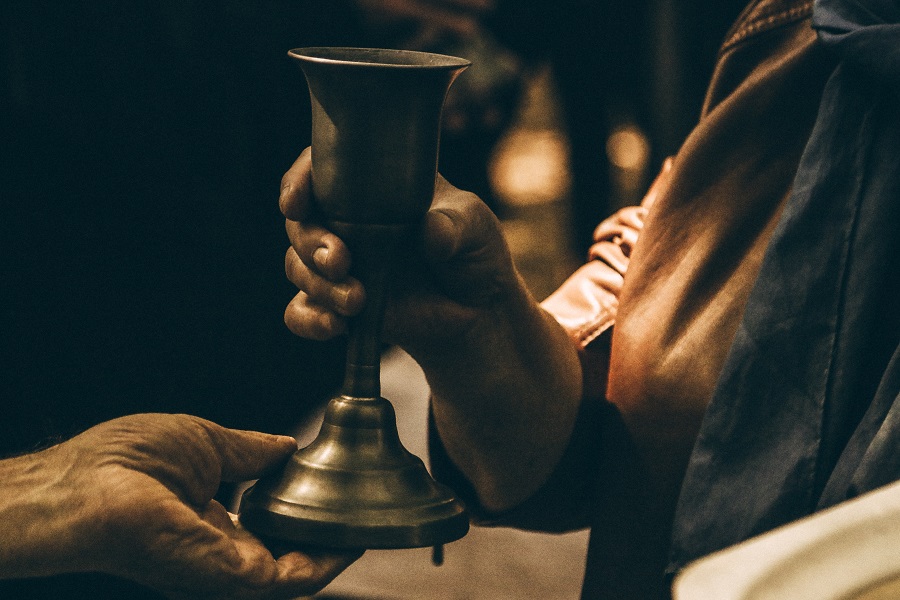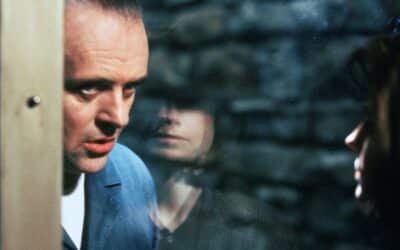
Sinister Organizations and Hidden Agendas
Thriller fiction has long been a genre that captivates readers with its gripping tales of intrigue, suspense, and danger. At the heart of many of these stories lie the enigmatic and often nefarious characters who are members of cults and secret societies. These organizations have been used to great effect in thriller fiction, serving as the driving force behind sinister plots, hidden agendas, and chilling conspiracies. We’ll delve into the role of cults and secret societies in thriller fiction, examining their origins, the ways in which they are portrayed, and the enduring fascination they hold for readers.
Origins of Cults and Secret Societies in Fiction
Cults and secret societies have been part of human history for centuries, long before they found their way into the pages of thriller fiction. The allure of the hidden, the mysterious, and the forbidden has always captured the human imagination, and these clandestine organizations have provided a perfect vehicle for exploring this fascination in literature. The origins of such groups in fiction can be traced back to Gothic literature of the 18th and 19th centuries, where they were used to evoke a sense of fear and unease in readers. As the thriller genre emerged and evolved, authors began incorporating these sinister organizations into their stories, recognizing their potential for creating tension and suspense.
Characteristics of Cults and Secret Societies in Thriller Fiction
Cults and secret societies in thriller fiction tend to share certain characteristics that make them both compelling and unsettling. These organizations often have a distinct hierarchy, with a charismatic and powerful leader at the top, who may be depicted as manipulative or even downright evil. The members of these groups are typically portrayed as blindly devoted to their cause, willing to carry out heinous acts in the name of their beliefs.
In many cases, these societies are shrouded in secrecy, with their true motives and activities hidden from the outside world. This secrecy often extends to their initiation rituals and ceremonies, which may involve blood oaths, gruesome sacrifices, or other disturbing practices. The cult or secret society’s agenda may range from seeking world domination to carrying out acts of terror or engaging in criminal activities, all of which serve to heighten the sense of danger and suspense in the story.
Cults and Secret Societies in Classic Thriller Fiction
Some of the most iconic works of thriller fiction feature cults and secret societies as central elements of their plots. One of the earliest examples is Arthur Conan Doyle’s Sherlock Holmes story “The Adventure of the Red-Headed League,” in which a seemingly innocuous society with a bizarre initiation ritual is revealed to be a front for a criminal enterprise. Similarly, G.K. Chesterton’s “The Man Who Was Thursday” tells the story of a poet who becomes embroiled in a secret society of anarchists, only to discover that things are not as they seem.
In more modern classic thrillers, such as Ira Levin’s “Rosemary’s Baby” and Robert Ludlum’s “The Bourne Identity,” cults and secret societies play a significant role in driving the plots forward. In “Rosemary’s Baby,” a young woman becomes pregnant and suspects that her husband has made a deal with a Satanic cult to further his career, with terrifying consequences. In “The Bourne Identity,” the protagonist finds himself pursued by a secretive organization known as Treadstone, whose true motives are gradually revealed as the story unfolds.
Contemporary Thriller Fiction and Secret Societies
Cults and secret societies have continued to be a popular element in contemporary thriller fiction, as authors find new ways to explore the darker aspects of human nature and the power dynamics within these organizations.
In Dan Brown’s “The Da Vinci Code,” the protagonist becomes entangled in a centuries-old conspiracy involving a secret society called the Priory of Sion, which is dedicated to preserving the truth about the Holy Grail and the bloodline of Jesus Christ. This novel, along with its sequels, has captivated readers worldwide and sparked a renewed interest in secret societies and their role in history.
Stieg Larsson’s “The Girl with the Dragon Tattoo” introduces readers to the Vanger family, whose dark secrets are gradually unveiled throughout the course of the story. The sinister undercurrent of the family’s activities and the secrets they are hiding serve as a backdrop for the novel’s thrilling plot.
Another notable example is “The Cuckoo’s Calling” by Robert Galbraith (a pseudonym for J.K. Rowling), where the protagonist, Cormoran Strike, investigates the suspicious death of a supermodel. As he delves deeper into her past, he uncovers a web of hidden connections and sinister agendas.
The Enduring Fascination with Cults and Secret Societies in Thriller Fiction
The continued popularity of cults and secret societies in thriller fiction speaks to the enduring fascination they hold for readers. The allure of these mysterious organizations lies in their secrecy and the potential for hidden knowledge and power that they represent. In a world where information is readily available and technology has made it increasingly difficult to keep secrets, the concept of a group that operates outside the boundaries of society, with its own codes and rituals, is both intriguing and unnerving.
Moreover, the portrayal of cults and secret societies in thriller fiction often serves as a reflection of society’s fears and concerns. Whether it be the rise of extremist ideologies, the erosion of individual freedoms, or the power dynamics that shape our world, these stories tap into the anxieties that underlie contemporary life. In this way, cults and secret societies in thriller fiction not only provide gripping and suspenseful narratives but also offer a means of exploring the darker aspects of human nature and the world we live in.
Cults and secret societies have been a staple of thriller fiction for centuries, captivating readers with their sinister activities and hidden agendas. From the early roots of Gothic literature to contemporary bestsellers, these organizations have continued to evolve and adapt to the changing world, reflecting the fears and anxieties of the societies in which they are set. Whether they seek to manipulate, control, or simply wreak havoc, these enigmatic groups remain a powerful force in the genre, offering writers a wealth of opportunities to create tension, suspense, and intrigue. As long as there are secrets to be kept and power to be wielded, cults and secret societies will continue to play a central role in the thrilling stories that keep readers on the edge of their seats.
More Thriller Features
Myth and Thrillers
Ancient Legends and Modern Plots
Hiding Bodies
The sinister act of hiding bodies in thrillers
Morally Compromised Thrillers
Right, Wrong, and Everything in Between



